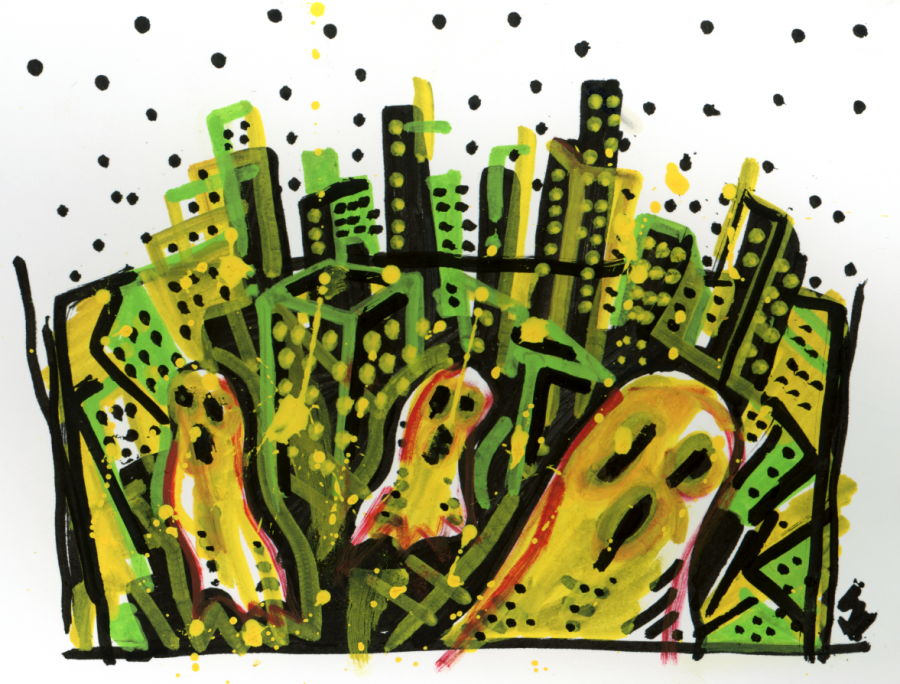New York City is not a ghost town, nor will it ever be
November 5, 2020
During the final presidential debate last week, U.S. President Donald Trump called New York City a “ghost town,” citing the exodus of non-lifelong New Yorkers out of the city and the closure of over 1,000 city restaurants.
“Look at what’s happened to New York, it’s a ghost town. It’s a ghost town. For so many years I loved it, it was vibrant. It’s dying, everyone is leaving New York,” Trump said at the debate, which was held on Oct. 22 in Nashville, Tennessee.
This was not the only time Trump made such remarks about his hometown. It can be easy to forget that the man who so wildly criticizes New York was actually born in Queens and raised in Manhattan.
He also called New York an “anarchist jurisdiction,” which he used as justification to not provide the state with federal funds, along with Portland, Oregon, and Seattle, Washington. This was in reference to the widespread Black Lives Matter protests that broke out in these cities after the killing of George Floyd.
Trump has tried to portray these cities as dumpster fires, essentially, that should serve as an example to the rest of the country of what will happen if Democrats are in charge.
The president’s comments are just a ploy to appeal to his Midwestern and Southern voters who are skeptical of “East Coast elites,” as The New York Times put it.
Other Republican politicians and candidates have made similar comments about New York being a ghost town due to the pandemic, but it doesn’t matter how many conservatives say that and want to believe that: New York City is not a ghost town.
In fact, it is thriving.
If it looks like the city is empty, that’s just because it has gone remote, not dead. The real New Yorkers are still here; they are just indoors trying to protect their families, friends and neighbors.
It is true that many people left the city at the height of the pandemic — but many of those weren’t real New Yorkers.
People who ended up leaving were the ones who gentrified New York by moving here from the Midwest and ended up conveniently leaving when they had somewhere else to go. Others were the wealthy or rich who have summer homes or vacation cottages upstate or in the Hamptons.
The average person who is really from New York, born and raised, does not have another place to go in an area with fewer cases or have the money to just relocate.
The city can survive with some people leaving — after all, the fewer people, the easier it is to social distance — but many will likely return once the pandemic is over. And if not, then the city will have a bit more room.
New York is alive and it’s doing surprisingly well, despite the rough early months of the pandemic.
Regardless of all of the safety precautions in place, or maybe because of them, many restaurants are doing fairly well business-wise.
According to an article from Eater New York, people took to Twitter to respond to Trump’s ghost town comment. One person said that in her area there’s an hour long wait to eat at restaurants, while another said, “It’s literally impossible to get a reservation at a restaurant in New York City on any given night so please don’t tell me it’s dead.”
In many neighborhoods, outdoor seating for restaurants and cafes are filled, while indoors there is 25% capacity allowed, as per New York State Gov. Andrew Cuomo.
People are ordering takeout and buying from stores online. Museums are reopening at partial capacity. Parks and playgrounds are filled with people exercising and recreating.
It’s not clear what part of that makes it sound like New York City is dead.








